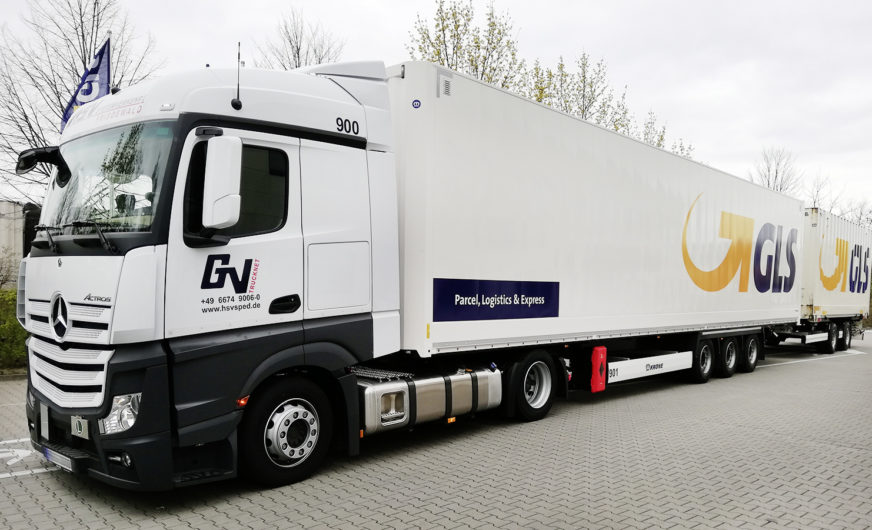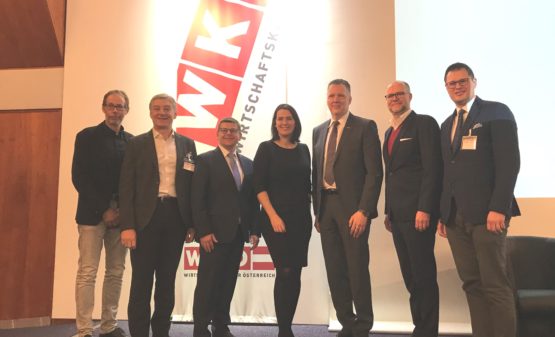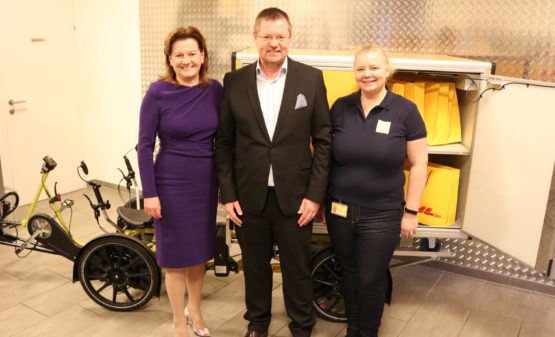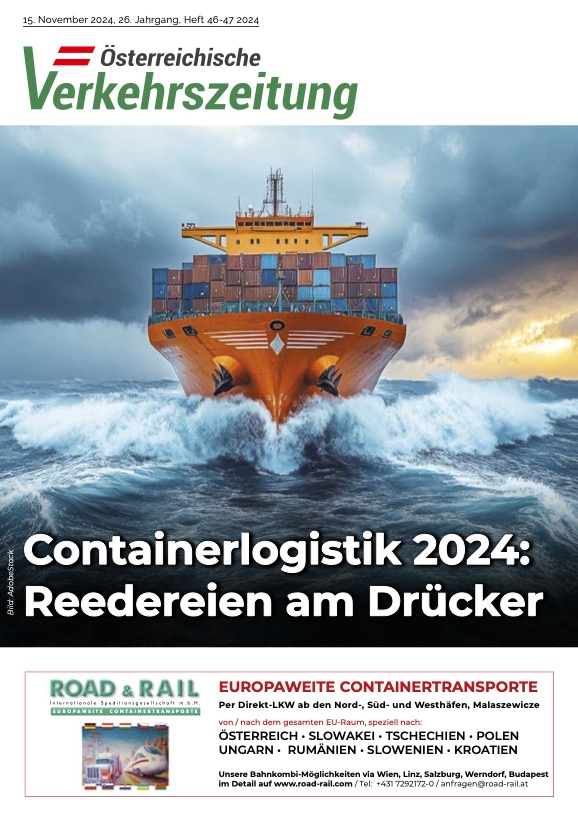So far, two common trailer trucks have been deployed on the 250 kilometers route. GLS is now using a so-called type 2 “longer heavier vehicle” (LHV), which eliminates the need for a conventional lorry with trailer and reduces CO2 emissions. Emissions on the 250-kilometre-long route will fall by approximately 40 per cent a year, which equates to 100 tonnes of CO2. The super lorry comprises an articulated lorry and a trailer with swap body – and has a total length of 25.25 metres.
“The vehicle’s launch was preceded by successful deployments at other GLS subsidiaries, as well as careful selection of the pilot route in Germany,” explains Martin Seidenberg, Chairman of the Board, GLS Germany.
The main argument in favor of “Großbeeren–Hermsdorf” was that the parcel volume on this route is at a constantly high enough level to run a super lorry at full capacity. Furthermore, both sites are situated right next to the motorway, on a section that has been approved for super lorries.
The super lorry is operated by experienced and specially trained drivers. It also features a comprehensive range of advanced driver-assistance systems for increased safety. Only minor changes have been necessary at both depots: Trailers and swap bodies have the same with and height as the other models, thus they can dock at the gates without any problems.
Also the total gross weight is not an issue: „GLS does not fully use the approved total weight of 40 tonnes, as the increased volume is the main factor in terms of parcel transport“, says Martin Seidenberg. If the super lorry proves successful on the pilot route, similar vehicles will be used on other runs.











